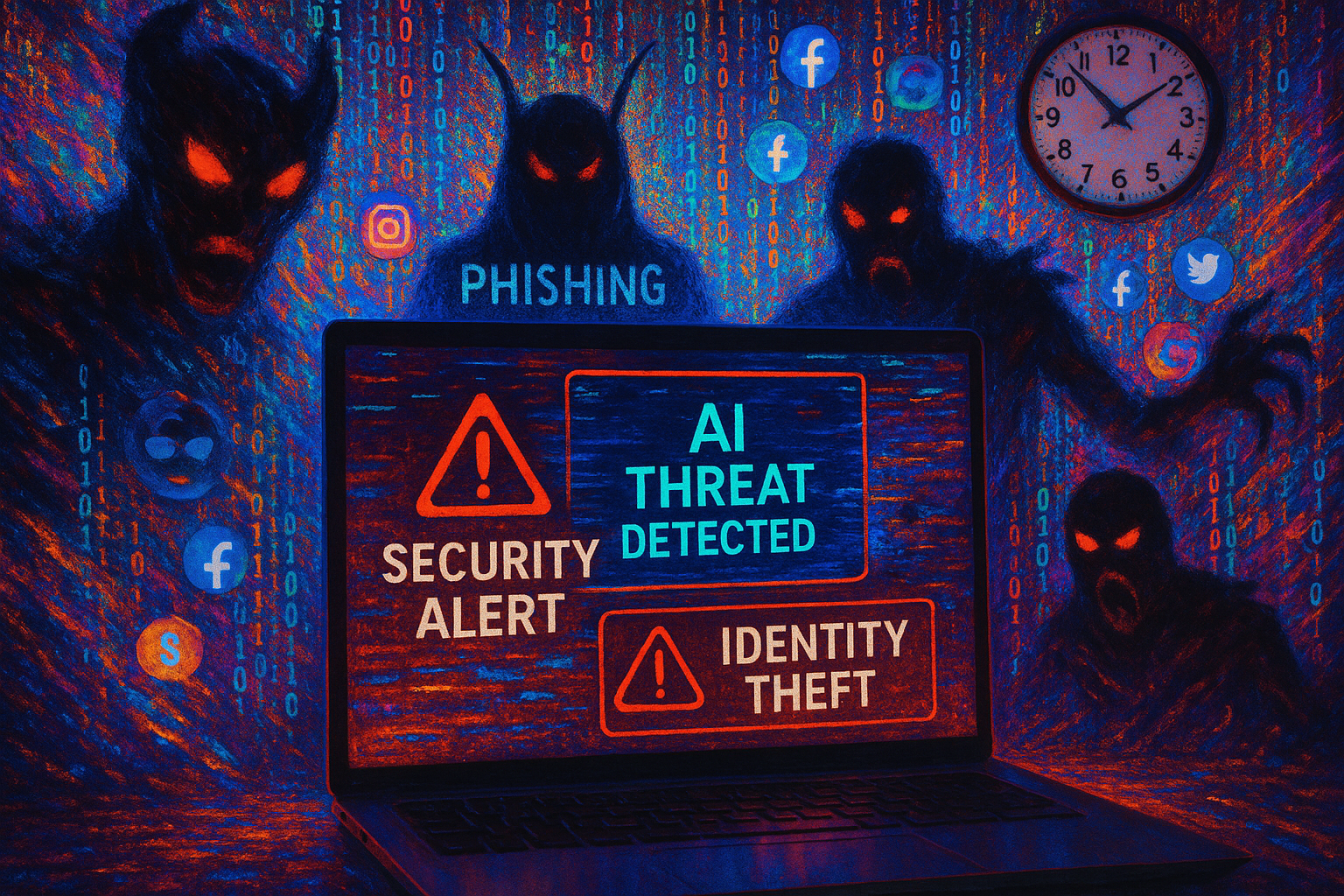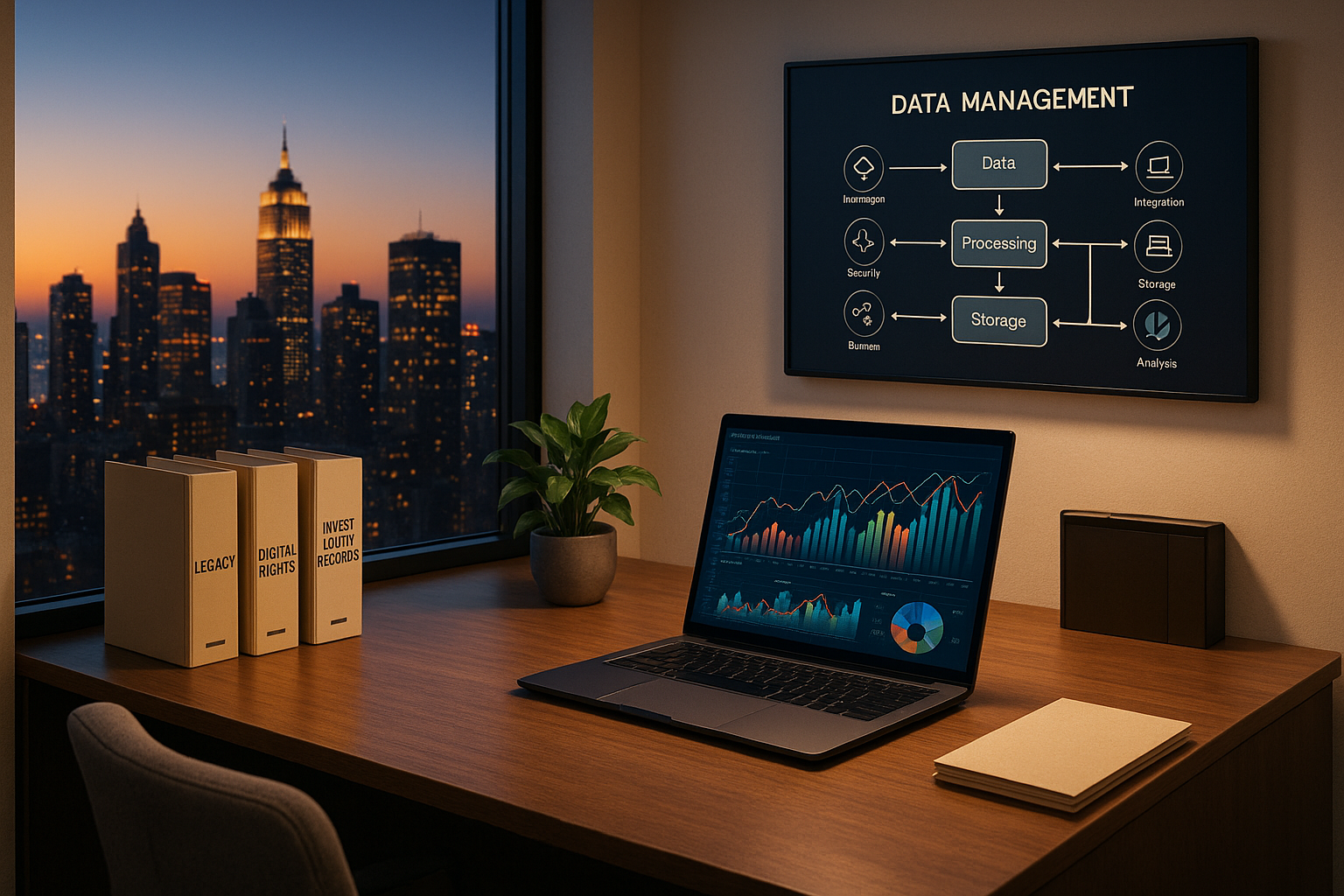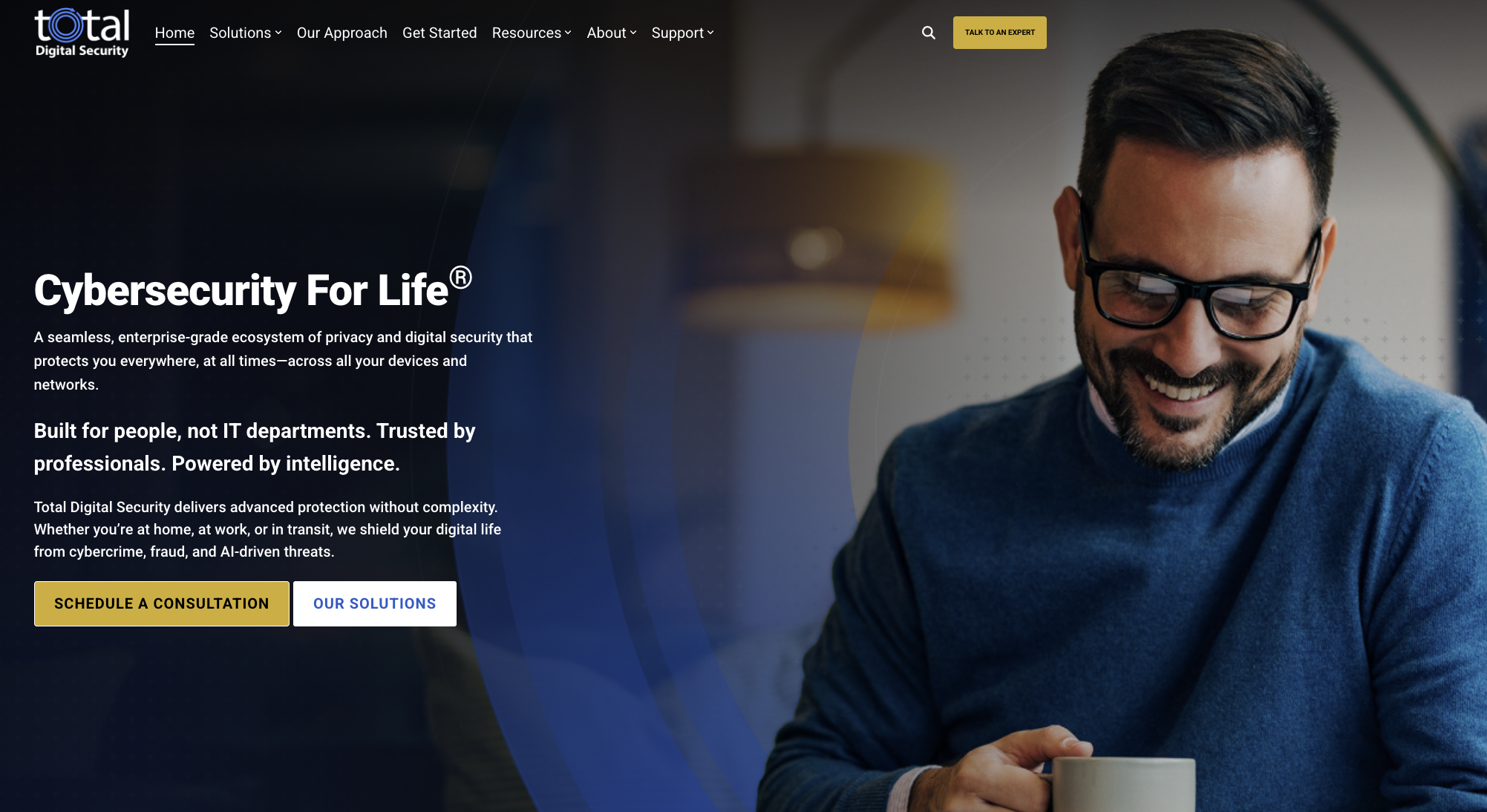9 min read
Stay Vigilant: Current AI and Cybersecurity Threats
Over the past decade writing these letters, I’ve made it my mission to help you navigate the digital age with confidence and resilience. If I have...
2 min read
![]() Total Digital Security
:
December 17, 2014
Total Digital Security
:
December 17, 2014

For years, Apple users kicked back and relaxed while everybody with a PC sweated over viruses, malware, and spyware. Macs were considered the Fort Knox of computers. That’s partly because Apple exerts such tight control over its systems and the apps that are available for them. It was also a matter of target optimization: Apple products had a much smaller market share than other types of computers, and hackers spent their time where they’d get the best return. That’s changing, however, thanks to Apple becoming one of the most valuable brands in the world, and the Apple community has recently been rocked by a number of security breaches no one saw coming.

Signs of trouble
In February, Apple confirmed that a security flaw allowed their operating systems and some apps to skip an important step in the verification process. It basically gave hackers an opportunity to capture private information being transmitted over an unsecured wireless network. The company quickly released updates that solved the problem.
In September, Apple users were introduced to the Shellshock bug. The bug exploits a vulnerability in systems that use Bash – which your Mac is likely to do even if you don’t realize it – that gives hackers access to the computer and all of its information. The U.S. government rated Shellshock 10 out of 10 for severity, and gave it a complexity rating of “low” – which means you don’t have to be a genius to take advantage of it. Again, Apple quickly released a patch.
Fast forward to November, and malware called WireLurker took center stage. WireLurker is the first known case of malware infecting non-jailbroken iPhones. (Jailbroken iPhones allow users to download apps from anywhere, and most of those third-party apps haven’t gone through Apple’s screening process for security.) iPhones have been infected through USB connections to infected computers. Once there, WireLurker has access to just about any information that’s stored on your phone.
Fresh on the heels of WireLurker, there is Masque Attack. Masque Attack is sneaky. It lures users into downloading a fake update to an existing app. It then replaces the legitimate app with a fake app that has an identical user interface. So you could think you’re logging into your banking app, for instance, and actually be giving a criminal your login information.
How to protect your Apple products
The best way to protect your Apple products is to subscribe to a Continuous Online Security Monitoring (C.O.S.M.) service. A C.O.S.M. operates at a system level, which means it’s constantly monitoring your device for vulnerabilities at a high level without ever having to access your actual information.
Another important step in protecting your Apple products is to immediately download all operating system and app updates. Anytime a security flaw is discovered, you’ll get the patch via an update. Sometimes people are loathe to install a new operating system until the bugs have been worked out, but that new operating system may fix a serious security vulnerability.
Another excellent way of protecting your Apple products is to never download anything from a third-party vendor. Downloads from the App Store have been screened by Apple for security flaws.
When it comes to security, it looks like Apple’s “honeymoon period” may be over. Apple users are going to have to either start monitoring their devices for security problems like the rest of the computer users in the world or hire someone to do it for them through C.O.S.M. The cost is minimal compared to the peace of mind it brings.
9 min read
Over the past decade writing these letters, I’ve made it my mission to help you navigate the digital age with confidence and resilience. If I have...

4 min read
For generations, family offices and ultra-high net worth families have mastered the art of estate planning — preserving wealth, ensuring succession,...

3 min read
Since 2013, Total Digital Security has been dedicated to a singular mission: providing cybersecurity for the world's most successful families and the...